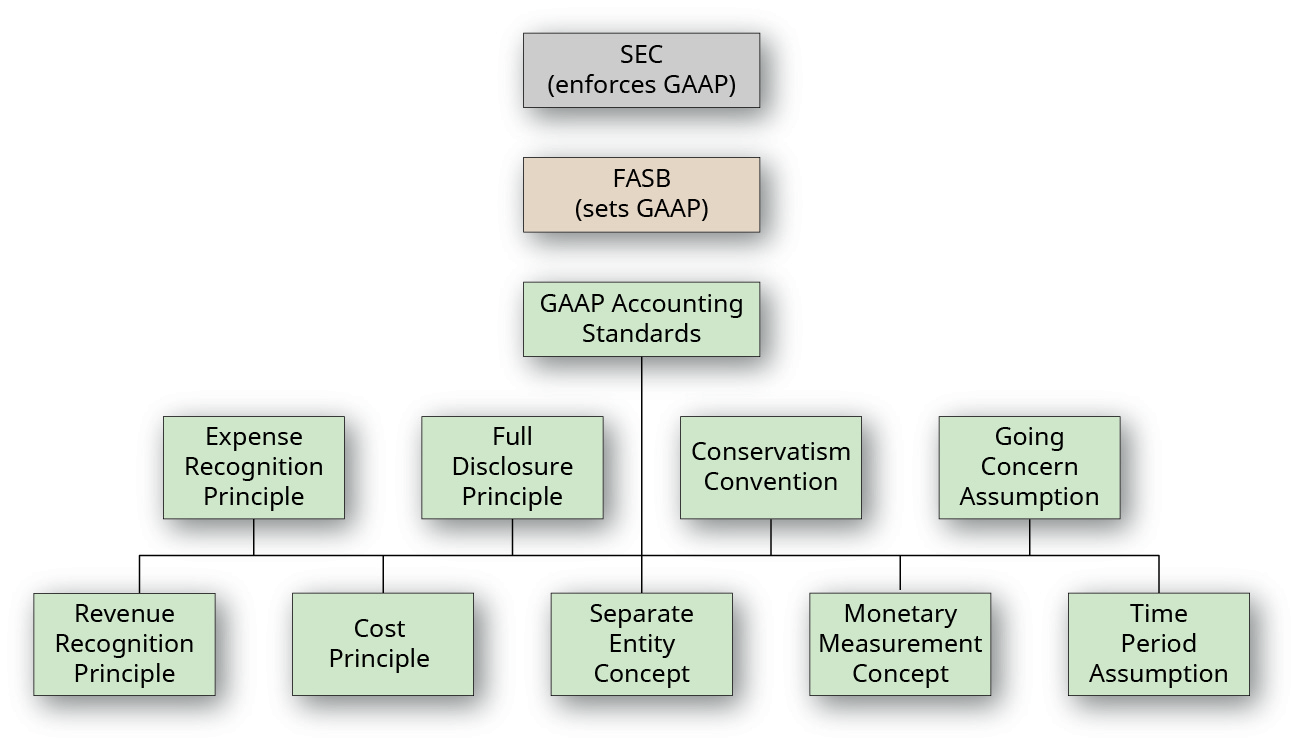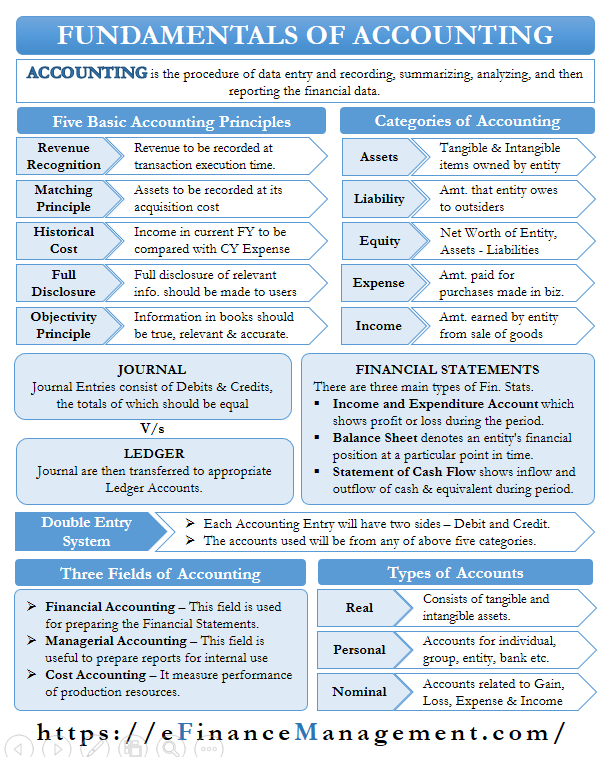

This is because cost-based pricing blatantly ignores what customers want or need. Value-based pricing is commonly regarded as the better pricing approach, especially when compared to cost-based pricing. Cost-based Pricing vs Value-based Pricing An example of this can be that luxury vehicles have high prices as the consumers greatly value these cars and notice an enhancement in their self-worth and image. Sellers that sell rather basic commodities may not benefit as much from this pricing strategy. Marketing techniques can determine the pricing value. Since this strategy is laser-focused on the customers, sellers that offer higher value or better features can charge higher prices. Given that the determination of the true value to a customer is more qualitative than quantitative, the value is based on the benefits offered by the product or service.

This pricing strategy is based on the amount customers are willing to pay as per the value of the product. The selling price is determined by understanding the perceived value of a product or service in the target market. To overcome these disadvantages, value-based pricing can be a befitting alternative pricing strategy.

A price increase can easily be justified with this pricing method.Allows companies to bid for large projects quickly as it simplifies investment appraisal decisions.If customers are aware of the costs of the product, then they will understand such prices Offers a fair and logical way to price products.Can be applied to different products and services like customized products and even new and innovative products.Covers all incurred costs such as production and overhead costs.Ensures that a company generates profits even when costs rise by charging a markup that meets all expenses.

Easy to understand and easy to calculate.The following are the advantages or benefits of a cost-based pricing method: Conversely, some companies intentionally generate high costs to claim higher profits and margins. To keep prices low, companies try to cut their costs wherever feasible. This is why it is an ideal pricing method for project pricing. Based on the size of the project and market research, cost-based pricing scales as well. $3,300 ($3,000 + 10%* $3,000).ĭifferent projects can have different scopes, which cause prices to fluctuate depending on various goals and objectives. In the pricing cost-based, a profit percentage or fixed profit figure is added to the cost of the goods or services that decides their selling price.įor example, if the total cost of a smartphone is $3,000 for a manufacturer then they can add 10% of the cost to get its selling price i.e. Cost-based Pricing vs Value-based Pricingĭefinition – Cost-based pricing is defined as a pricing method in which the selling pricing of goods or services is based on their cost of production, manufacturing, and distribution.Disadvantages of cost-based pricing methods.


 0 kommentar(er)
0 kommentar(er)
